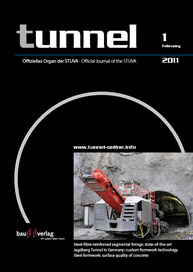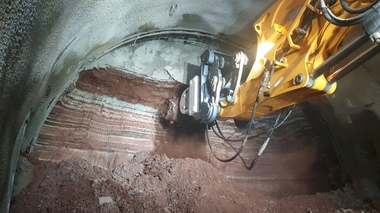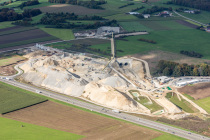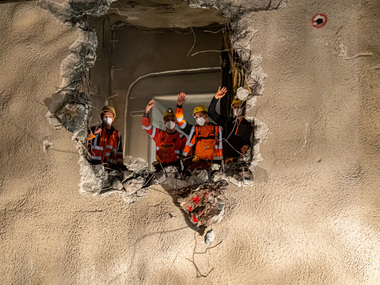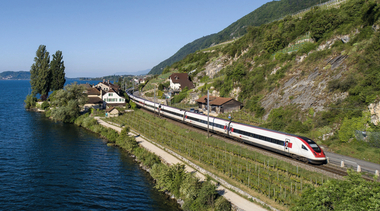New Bebenroth tunnel
Parallel to the 135-year old, 953 m long two-track Bebenroth tunnel near Witzenhausen on the railway line between Eichenberg and Oberrieder, the new single-track Bebenroth tunnel will be built in a timeframe of two and a half years. The tunnel will be 1030 m long and will be excavated from the northern portal using blast technology. Excavation began at the end of July 2010. Following completion of the new tunnel tubes in 2012, the new tunnel will be refurbished. This will allow trains to travel through two single-track tunnels – the refurbished old tunnel and the new Bebenroth tunnel. Both...

